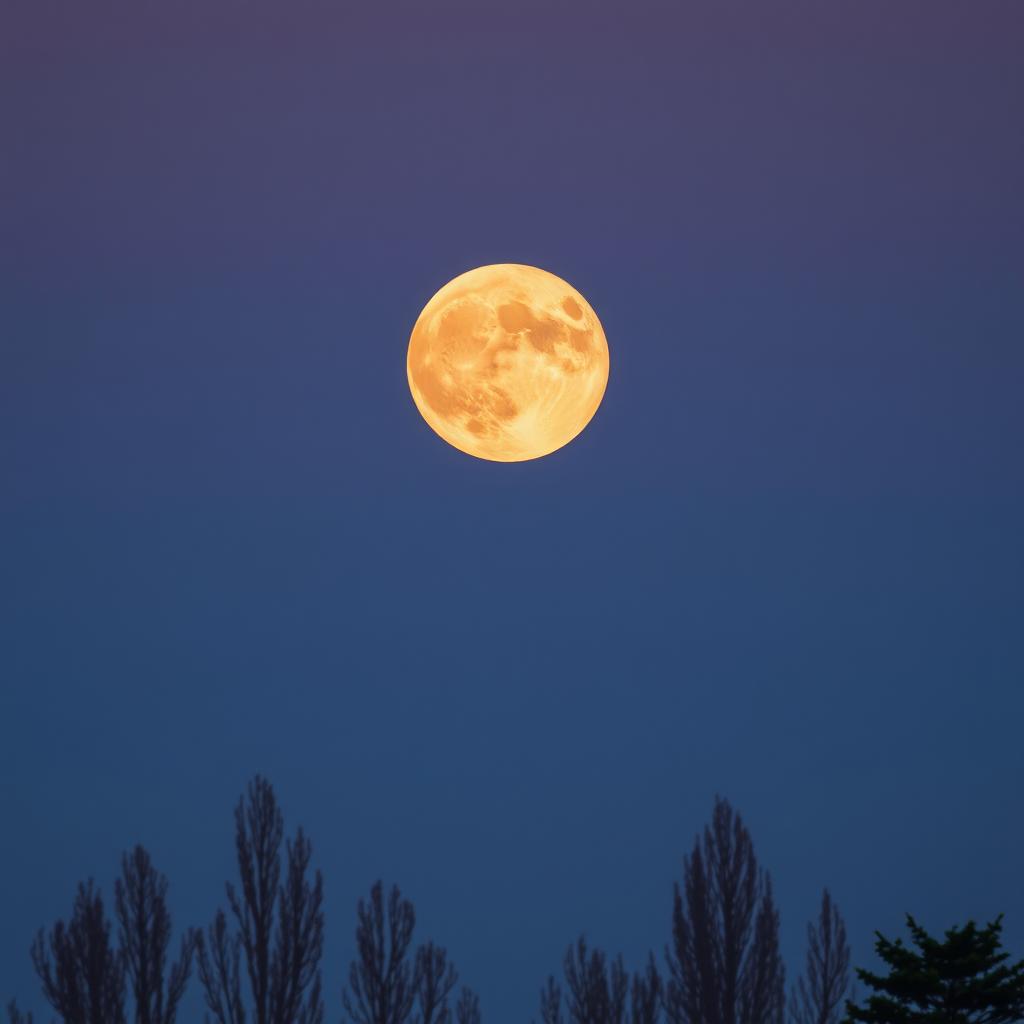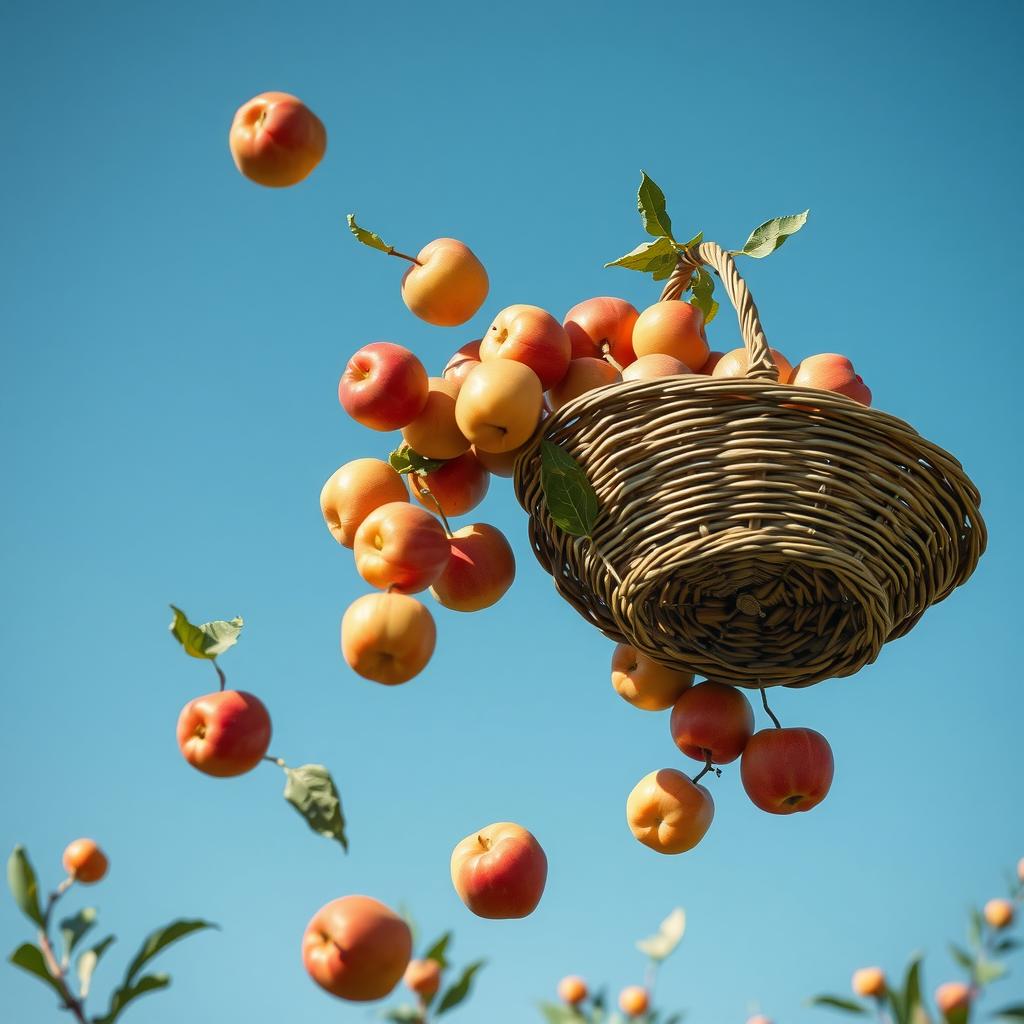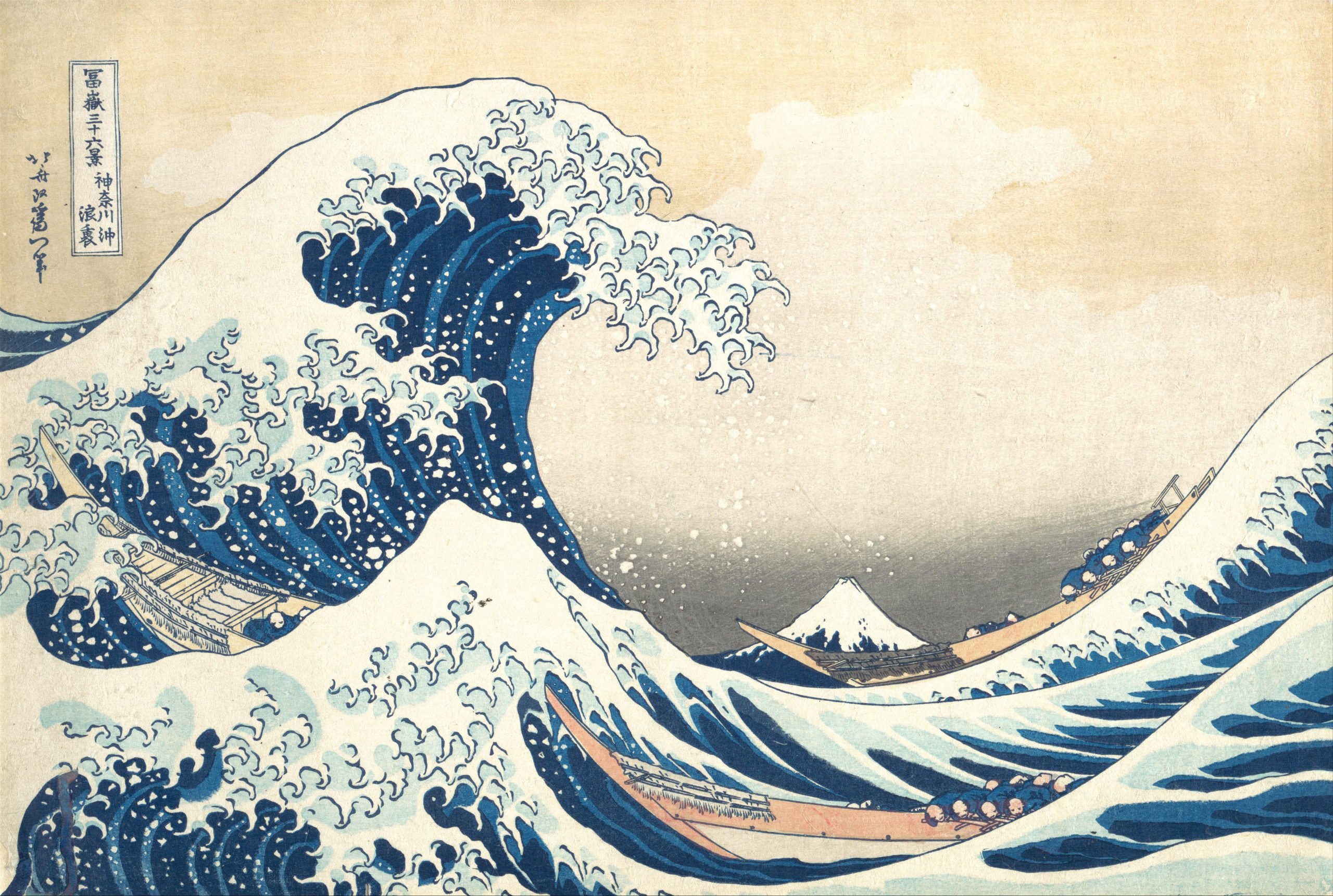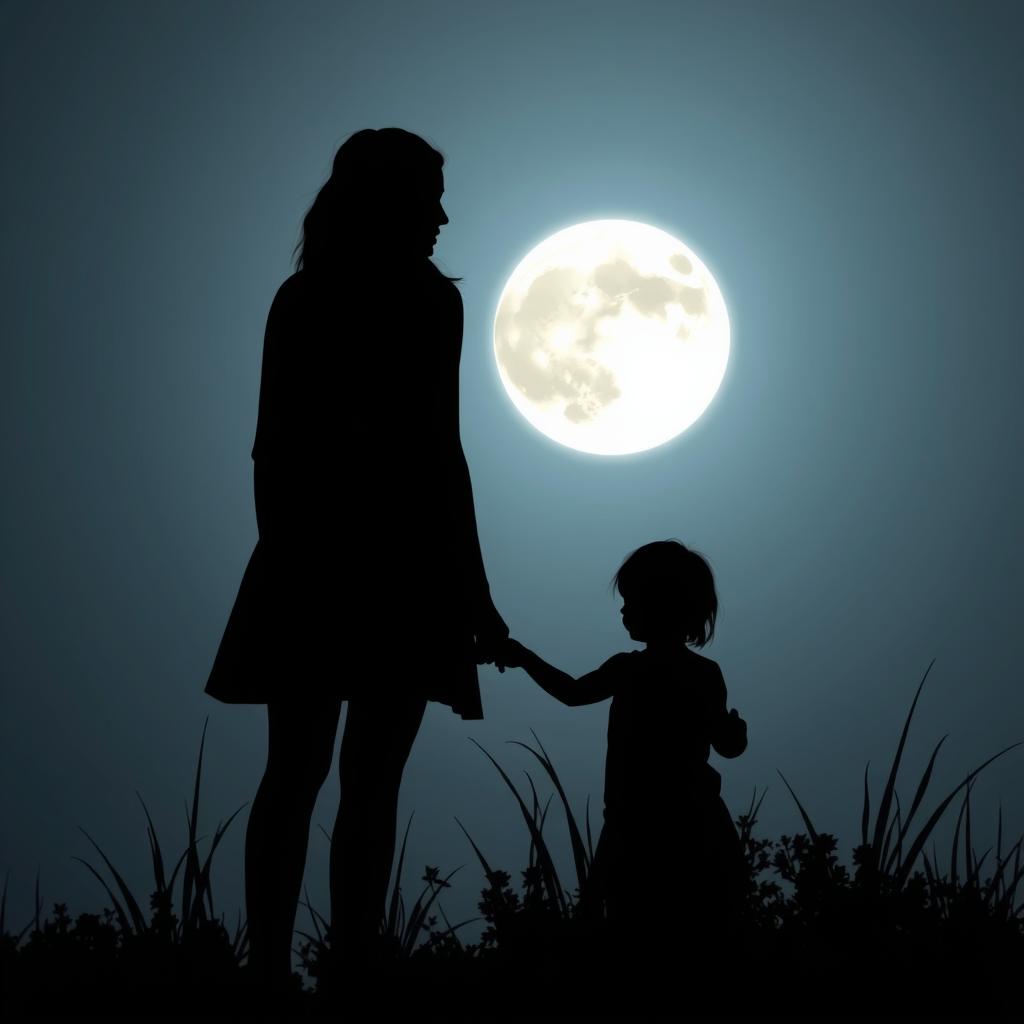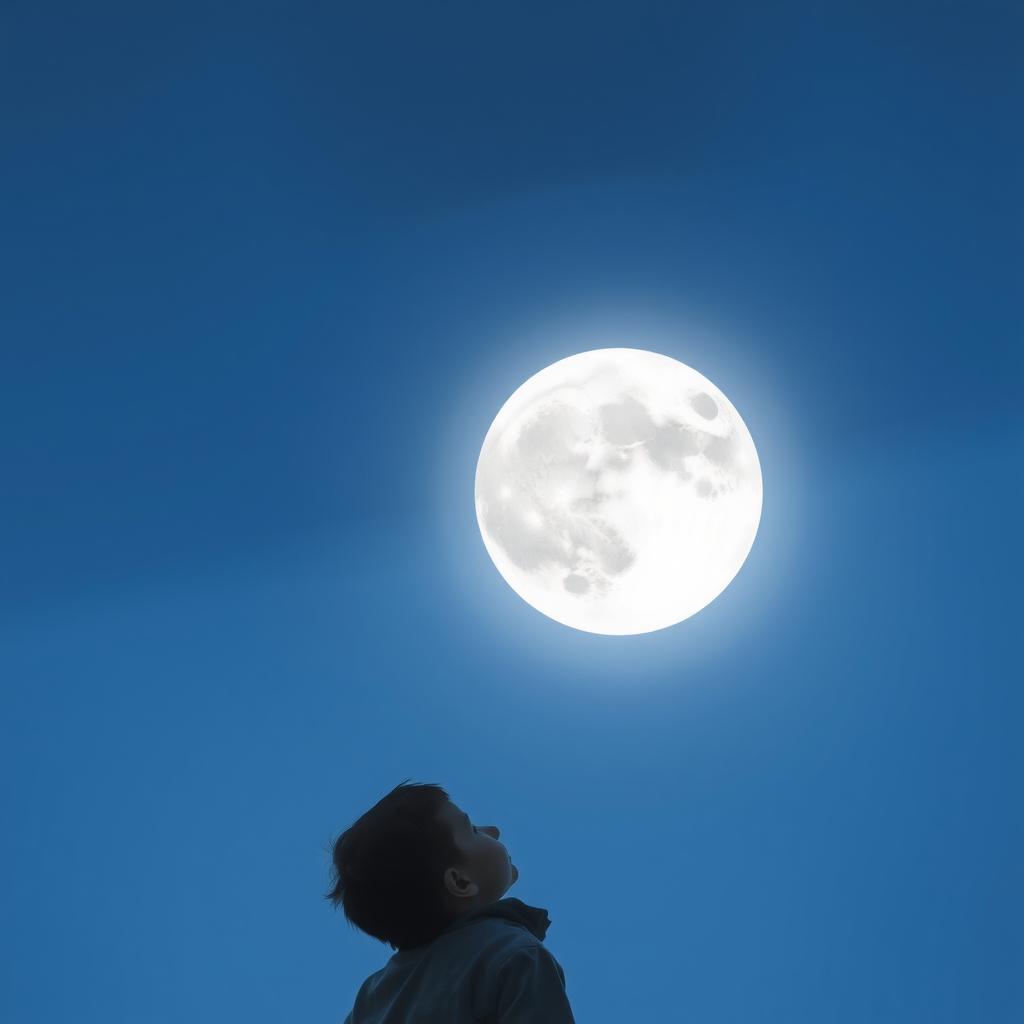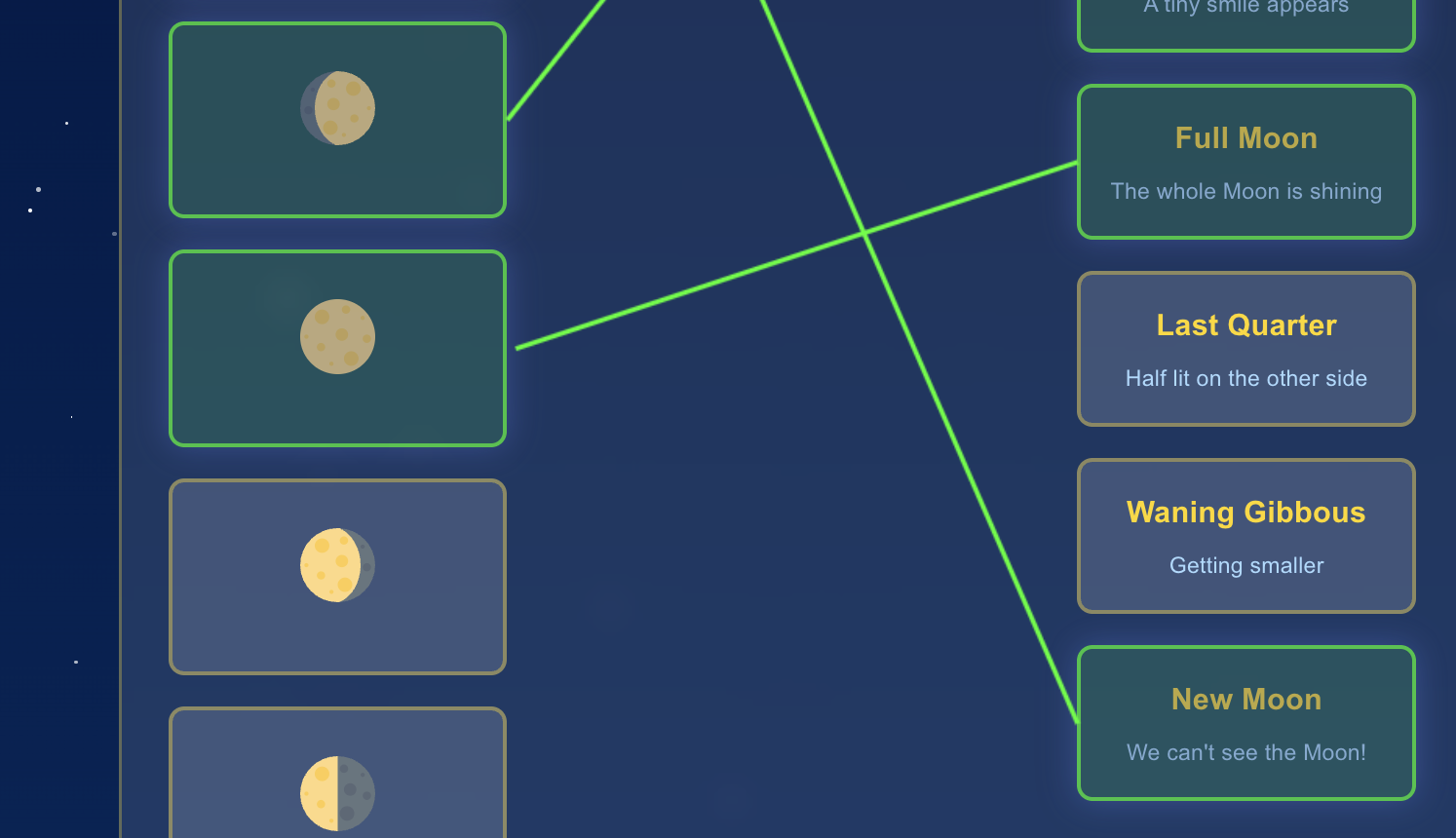
New Jersey Public Schools recognize many days in the month of October, and you can see the List of Religious Holidays Permitting Pupil Absence From School here however, the high holy days in the Jewish Calendar means that many New Jersey school will close for days at a time.
Here’s some background on these spiritual & cultural festivities.
The High Holidays (Yamim Noraim or “Days of Awe”) revolve around judgment and forgiveness.
Rosh Hashanah (also Yom Ha-Zikkaron or “Day of Remembrance”, and Yom Teruah, or “Day of the Sounding of the Shofar”) is the Jewish New Year (literally, “head of the year”), although it falls on the first day of the seventh month of the Hebrew calendar, Tishri. Rosh Hashanah marks the beginning of the 10-day period of atonement leading up to Yom Kippur, during which Jews are commanded to search their souls and make amends for sins committed, intentionally or not, throughout the year. Holiday customs include blowing the shofar, or ram’s horn, in the synagogue, eating apples and honey, and saying blessings over a variety of symbolic foods, such as pomegranates.
Yom Kippur (“Day of Atonement”) is the holiest day of the Jewish year . It is a day of communal fasting and praying for forgiveness for one’s sins. Observant Jews spend the entire day in the synagogue, sometimes with a short break in the afternoon, reciting prayers from a special holiday prayerbook called a “Machzor.” Many non-religious Jews make a point of attending synagogue services and fasting on Yom Kippur. On the eve of Yom Kippur, before candles are lit, a prefast meal, the “seuda mafseket,” is eaten. Synagogue services on the eve of Yom Kippur begin with the Kol Nidre prayer. It is customary to wear white on Yom Kippur, especially for Kol Nidre, and leather shoes are not worn. The following day, prayers are held from morning to evening. The final prayer service, called “Ne’ilah,” ends with a long blast of the shofar.
Other Jewish Celebrations this Fall
Sukkot (“Tabernacles” or “The Festival of Booths”) commemorates the Israelites’ forty years of wandering through the desert on their way to the Promised Land . It is celebrated through the construction of temporary booths called sukkot ( sing . sukkah) that represent the temporary shelters of the Israelites during their wandering. It coincides with the fruit harvest, and marks the end of the agricultural cycle. Jews around the world eat in sukkot for seven days and nights. Sukkot concludes with Shemini Atzeret, where Jews begin to pray for rain and Simchat Torah, “Rejoicing of the Torah,” a holiday which marks reaching the end of the Torah reading cycle and beginning all over again. The occasion is celebrated with singing and dancing with the Torah scrolls. Shemini Atzeret and Simchat Torah are technically considered to be a separate holiday and not a part of Sukkot.
High Holy Days Contributors and Attributions
CC licensed content, Shared previously
- Judaism. Authored by: Wikipedia for Schools. Located at: en.Wikipedia.org/wiki/Judaism. License: CC BY-SA: Attribution-ShareAlike
This page titled 6.6: Jewish Observances and Religious Buildings is shared under a CC BY 4.0 license and was authored, remixed, and/or curated by Lumen Learning.
New Jersey Public Schools also provide this list List of Religious Holidays Permitting Pupil Absence From School, for further information navigate to https://www.nj.gov/education/holidays.shtml
| Date | Observance |
|---|---|
| October 3 | Feast of Trumpets (Church of God, Philadelphia Church of God) |
| October 3-4 | Rosh Hashanah (Jewish) |
| October 3-12 | Navaratri (Hindu)* |
| October 7 | Milad Imam-uz-Zamaan (Islam Dawoodi Bohra)* |
| October 12 | Yom Kippur (Jewish)Day of Atonement (Christian, Church of God, Philadelphia Church of God) |
| October 17-23 | Sukkot (Jewish)Feast of Tabernacles (Church of God, Philadelphia Church of God) |
| October 20 | Installation of the Scriptures as Guru Granth Sahib (Sikh) Birth of B’ab (Bah’i) |
| October 23 | Milad Syedna Mohammed Burhanuddin (Islam Dawoodi Bohra)* |
| October 24 | Last Great Day (Church of God, Philadelphia Church of God) |
| October 24-25 | Sh’mini Atzeret (Jewish) |
| October 25 | Simchat Torah (Jewish) |
| October 31 | Samhain (Wicca) |

